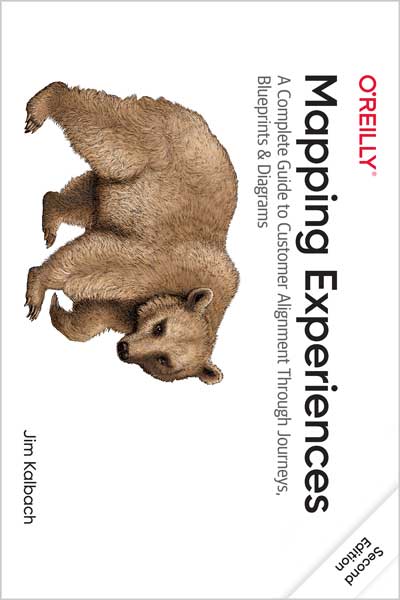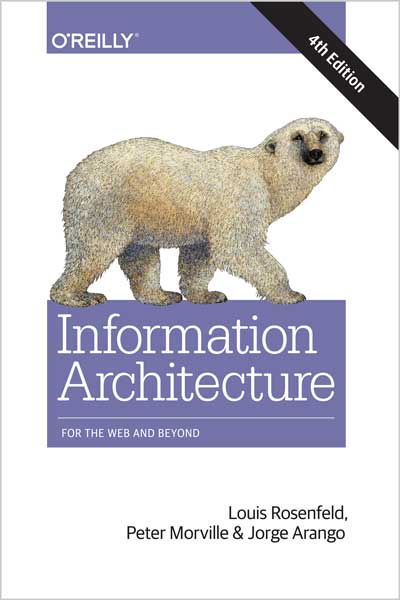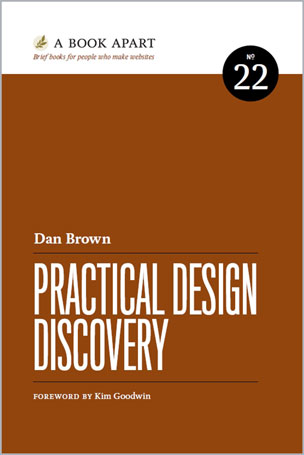A Complete Guide to Customer Alignment Through Journeys, Blueprints, and Diagrams
Jim Kalbach

#Mapping_Experiences
#Design
#user_experience
#marketing
#product_manager
#brand_manager
چاپ این کتاب به صورت افقی انجام میشود
Customers who have inconsistent experiences with products and services are understandably frustrated. But it's worse for organizations that can't pinpoint the causes of these problems because they're too focused on processes. This updated book shows your team how to use alignment diagrams to turn valuable customer observations into actionable insight. With this powerful technique, you can visually map existing customer experience and envision future solutions.
Designers, product and brand managers, marketing specialists, and business owners will discover how experience diagramming helps you determine where business goals and customer perspectives intersect. Armed with this insight, you can provide the people you serve with real value. Mapping experiences isn't just about product and service design; it's about understanding the human condition.
• Emphasize recent changes in business using the latest mapping techniques- • Create diagrams that account for multichannel experiences as well as ecosystem design
- • Understand how facilitation is increasingly becoming part of mapping efforts, shifting the focus from a deliverable to actionability
- • Explore ways to apply mapping of all kinds to noncommercial settings, such as helping victims of domestic violence
From the Preface
Aligning for Value
Few organizations deliberately want to create bad experiences for the people they serve. Yet experiences like the one described previously happen all the time.
I believe the fundamental problem is one of alignment: organizations are out of sync with what the people they serve actually experience.
Misalignment impacts the entire enterprise: teams lack a common purpose, solutions are built that are detached from reality, there is a focus on technology rather than experience, and strategy is shortsighted. Aligned organizations have a shared mental model of what they are trying to accomplish. They are obsessed with delivering amazing experiences for the people they serve.
More and more, people select goods and services based on the total experience they have. To meet market expectations, it’s imperative to align around the end-to-end experience.
Audience for this book
This book is intended for anyone involved in the end-to-end planning, design, and development of products and services. It’s for people who need a holistic view of the ecosystem in which their offerings are situated. This includes designers, product managers, brand managers, marketing specialists, strategists, entrepreneurs, and business owners.
Regardless of your skill level in mapping, there is something for you in this book. The steps and processes outlined here are basic enough for beginners to start creating diagrams. The related techniques should provide new insights for experts as well.
Scope of This Book
This book is about a type of tool that provides organizations insight into their broader product and service ecosystems. I call these tools alignment diagrams—an umbrella term for any map that seeks to align how individuals in a system engage with that system and its provider. Note that there is no one method or approach for creating alignment diagrams. Instead, you’ll find a range of options depending on the problem you’re solving. Chapter 1 explains this concept in more detail.
This book deals with various techniques for mapping experiences, not a single method or output. The focus is on the category of diagrams that collectively seek to describe the human experience. Many related techniques are included here as well. These diagrams have already been an implicit part of the design and creative disciplines for decades. In fact, you may have already used alignment diagrams as part of your work.
Reframing these approaches as tools for organizational alignment emphasizes their strategic relevance. They help flip an organization’s perspective from inside-out to outside-in. In doing so, they help build empathy and provide a model for decision making that is inclusive of the human condition. Alignment diagrams also offer a common vision throughout an organization. They aid in creating consistency in thought and action across departmental lines. This type of internal coherency determines success.
To be clear: alignment diagrams are no silver bullet and only part of organizational alignment. However, I believe the story they tell goes a long way in achieving alignment, particularly in larger organizations. The concept of mapping helps us understand complex systems of interaction, particularly when we’re dealing with abstract concepts like experience. But mapping experiences is not a singular activity limited to one type of diagram over another. There are many possible perspectives and approaches. In this sense, this book is about possibilities. My hope is that the book expands your thinking and approach toward mapping in general.
There are many types of diagrams covered here, each with different names and backgrounds. Don’t get hung up on labels. Many of the distinctions are historical and based on which term was coined first. Instead, focus on value alignment, not one specific technique over the other. It’s entirely possible to create a new type of diagram that continues to evolve the practice. I encourage you to do so.
What this book is Not about
This book is not about customer experience management, service design, or user experience design. It is about diagrams—conceptual models that span those fields of practice. The approach I describe here is not a design process but rather a process for mapping independent of specific discipline.
This is also not a comprehensive book about formal techniques in graphic design, information design, or illustration. There are volumes of resources about graphic design and illustration that go into much more detail than I can here.
Finally, I realize that there is a technical difference between the words map (an illustration of where things are) and diagram (an illustration of how things work). However, this book does not distinguish between the two. In practice, terms like customer journey map and experience map are, in fact, misnomers. But they are so widely used that the distinction between map and diagram becomes irrelevant.
Editorial Reviews
About the Author
Jim Kalbach is a noted author, speaker, and instructor in user experience design, information architecture, and strategy. He is currently the Head of Customer Success at MURAL, a leading visual online workspace for remote collaboration.
Jim has worked with large companies, such as eBay, Audi, SONY, Elsevier Science, LexisNexis, and Citrix. Before returning to the U.S. in 2013 after living for fifteen years in Germany, Jim was the co-founder of the European Information Architecture conferences. He also co-founded the IA Konferenz series in Germany.
Jim plays jazz bass in jam sessions and combos in Jersey City, where his currently lives. In 2007 Jim published his first full-length book with O’Reilly, Designing Web Navigation. He blogs at experiencinginformation.com and tweets under @jimkalbach.









